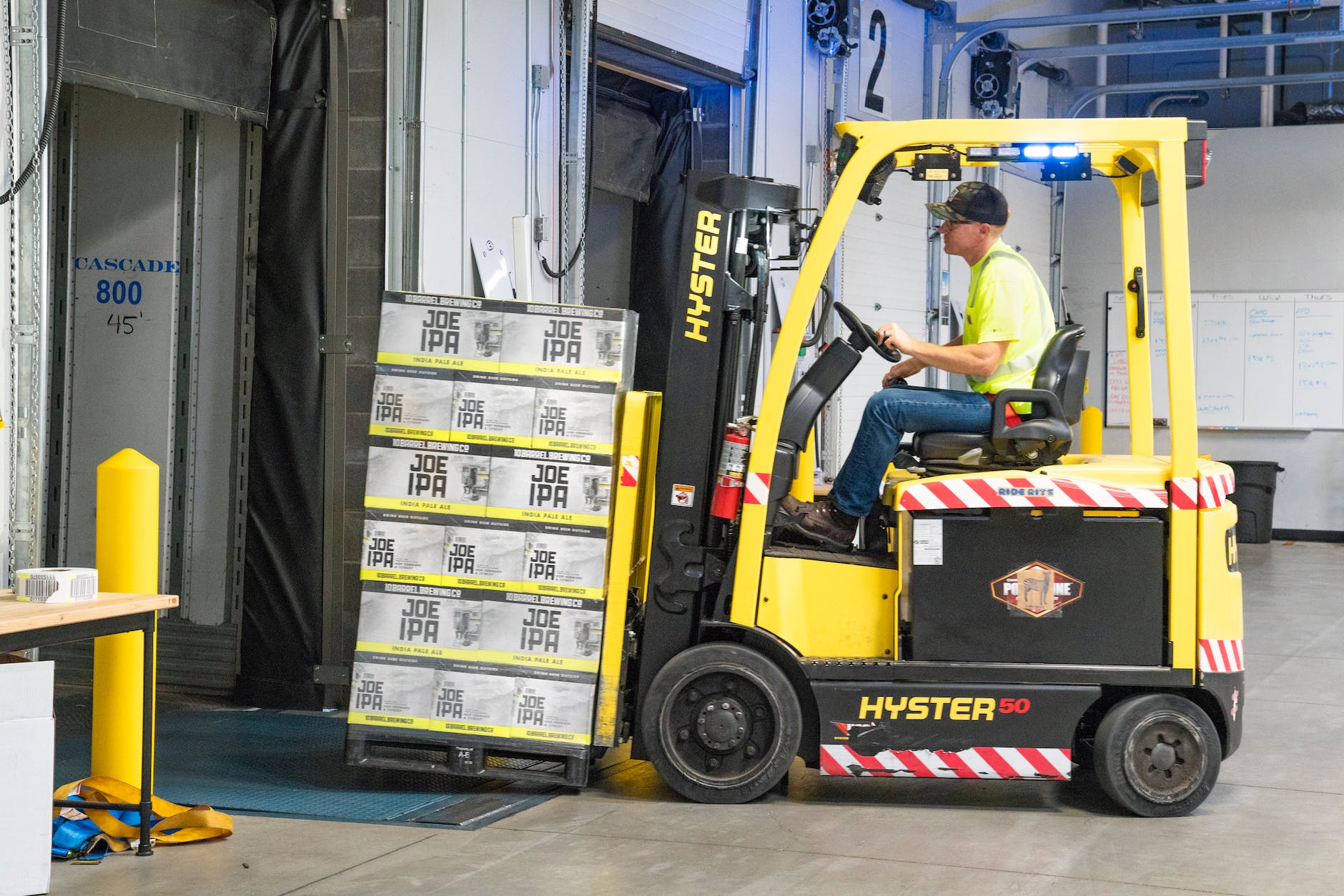
Forklift Safety: Training and Operation
Introduction
Forklifts play a pivotal role in various industries, facilitating the movement of heavy materials with efficiency. However, their operation poses inherent risks, making comprehensive training and adherence to safety protocols essential. This article explores the significance of forklift safety training and outlines key practices for safe forklift operation in the workplace.
Forklift Safety Training
- Formal Training Programs
- Implementation of formal forklift safety training programs
- Providing structured and comprehensive instruction for both novice and experienced forklift operators
- Regulatory Compliance
- Ensuring compliance with local regulations and standards for forklift operation
- Conducting training programs that align with established safety guidelines
- Operator Certification
- Requiring operator certification for all forklift operators
- Verifying that operators have undergone proper training and demonstrated proficiency in safe forklift operation
- Periodic Refresher Courses
- Offering periodic refresher courses for experienced operators
- Updating operators on any changes in regulations or safety protocols
- Practical Hands-On Training
- Incorporating practical hands-on training sessions
- Allowing operators to familiarize themselves with forklift controls, maneuvers, and real-world scenarios
- Emphasis on Hazard Recognition
- Highlighting the importance of hazard recognition during training
- Training operators to identify potential risks and take preventive measures
- Load Handling Techniques
- Providing specific training on proper load handling techniques
- Ensuring that operators understand load capacities, securement methods, and the impact of load positioning on forklift stability
Safe Forklift Operation Practices
- Pre-Operation Inspections
- Conducting thorough pre-operation inspections of forklifts
- Checking for any mechanical issues, leaks, or damaged components before each use
- Proper Mounting and Dismounting
- Training operators on proper mounting and dismounting techniques
- Reducing the risk of slips, trips, or falls during entry and exit from the forklift
- Seatbelt Usage
- Emphasizing the importance of seatbelt usage while operating the forklift
- Enhancing operator safety in the event of sudden stops or tip-overs
- Speed Control
- Establishing and enforcing speed limits for forklift operation
- Preventing accidents and improving overall control during maneuvers
- Clear Visibility
- Ensuring clear visibility by removing obstructions and utilizing mirrors
- Minimizing blind spots to enhance operator awareness of their surroundings
- Cautious Turning and Maneuvering
- Training operators on cautious turning and maneuvering techniques
- Reducing the risk of tip-overs and collisions, especially when handling loads
- Prohibited Practices
- Clearly outlining prohibited practices, such as unauthorized passengers or lifting individuals with the forklift
- Mitigating unnecessary risks and ensuring safe operation
- Emergency Response Training
- Providing training on emergency response procedures
- Equipping operators to handle unexpected situations, such as equipment malfunctions or spills
Conclusion
In conclusion, forklift safety is paramount in preventing accidents and ensuring a secure working environment. Through comprehensive training programs, operator certification, and adherence to safe operation practices, organizations can mitigate risks associated with forklift operation. Prioritizing safety not only protects the well-being of operators but also safeguards the integrity of materials and equipment in the workplace.
Mental Health in the Workplace: Addressing Psychological Safety as a Safety Officer
Safety Inspections: A Step-by-Step Guide for Safety Officers
Implementing and Evaluating Safety Training Programs for Employees
Occupational Health and Safety Trends: Staying Ahead as a Safety Officer
Emergency Response Planning: Best Practices for Safety Officers
Frequently Asked Questions (FAQs)
- Why is formal forklift safety training important?
- Formal forklift safety training is crucial for providing structured and comprehensive instruction to forklift operators, ensuring regulatory compliance, and promoting safe forklift operation in the workplace.
- What are some key components of forklift safety training programs?
- Key components include regulatory compliance, operator certification, periodic refresher courses, practical hands-on training, emphasis on hazard recognition, and specific training on load handling techniques.
- Why is pre-operation inspection of forklifts important?
- Pre-operation inspections of forklifts are essential to identify any mechanical issues, leaks, or damaged components before use. Conducting thorough inspections enhances the overall safety and reliability of forklifts in operation.
- What are some safe forklift operation practices?
- Safe forklift operation practices include thorough pre-operation inspections, proper mounting and dismounting techniques, seatbelt usage, speed control, clear visibility measures, cautious turning and maneuvering, adherence to prohibited practices, and emergency response training.
- How does forklift safety contribute to a secure working environment?
- Forklift safety contributes to a secure working environment by preventing accidents, minimizing risks associated with forklift operation, and ensuring the well-being of operators. Adherence to safety protocols also safeguards materials and equipment in the workplace.
























